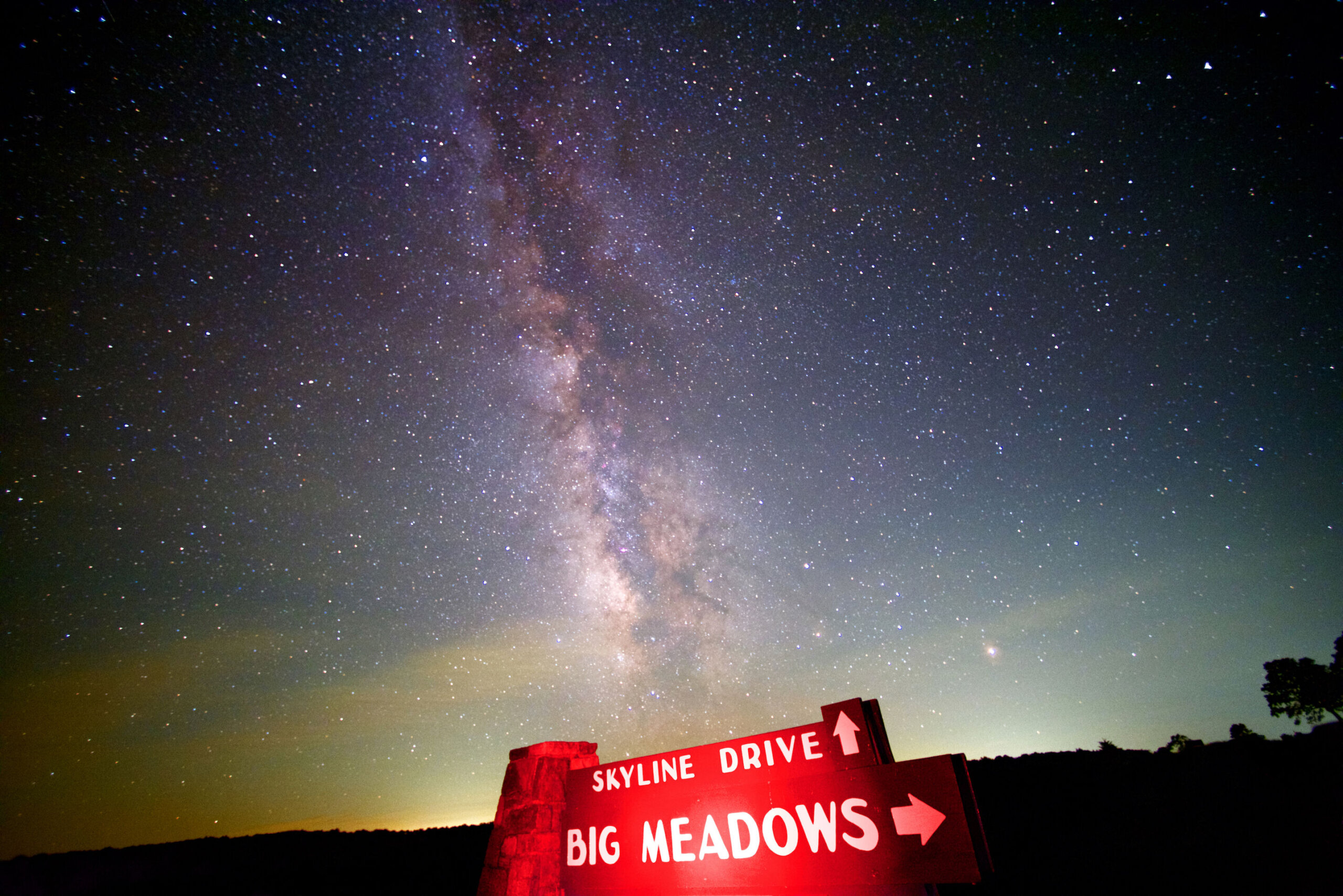I don’t know about you, but to me, it seems like we had a DMV winter complete with more snow and cooler temps than in recent memory. I, for one, am glad Spring has sprung.
March 1 marked “Meteorological Spring” and the Universe brings us “astronomical Spring,” known as the Vernal Equinox, which occurred Sunday at 11:33 a.m.
Another astronomical sign of spring is that the constellations of winter — Orion the Hunter and others — are now in the southwestern and northwestern skies as it gets dark, with the spring constellations — Leo the Lion and others — rising in the east. Be sure to look for the fourth brightest star in the night sky, Arcturus, at about 9:30 p.m. You can’t miss it in the northeastern sky. Oh, and the Big Dipper is just to the left of Arcturus.
March is named for Mars, and the red planet is headed for an eye-catching appearance later this year, to include an occultation by the full moon. It is in the southeast sky before dawn and is keeping brilliant Venus and much-dimmer Saturn company — the Moon passes by the planetary trio March 28.
This month marks my 16th year as WTOP’s space reporter, and I am hoping that COVID-19 and world events will allow resumption of astronomy events in our region. It has been a long two years since I did my last in-person event and cruise ship lecturer sailing.
I hope you will join me next month at Shenandoah National Park, where I hope to resume my “Let’s Talk About Space” program. I will also be conducting an astrophotography class at SNP on Aug. 26.

SNP has other monthly astronomy events you may find of interest. Be sure to check the official park website for the latest before visiting and take a look at their Night Sky information, which includes links to local area astronomy clubs. Oh, and mark your calendars now for SNP’s annual Night Sky Festival, held on Aug. 19.
If you want to experience beautiful night skies in a rural and wonderful setting, then you do not want to miss “Under the Cosmos at Crescere.” Also starting next month, on Earth Day to be specific, I will be giving our audiences astronomy and space presentations, followed by a magical hour under the stars that will include live telescope views of the Universe.
The “Night Sky Network” is a very useful resource to find astronomy and space events. It is the product of a partnership between NASA Jet Propulsion Laboratory and the Astronomical Society of the Pacific. Provide a general location and you will see events in your immediate area. The network is also chock full of astronomical resources for you to use.
I hope all of us can get out to enjoy the night skies through any of these marvelous opportunities. If you can’t make an event, the night sky still awaits you — all you have to do is look up.
Follow my Twitter @SkyGuyinVA and daily blog to keep up with the latest news in astronomy and space exploration. You can also email me at skyguyinva@gmail.com.







